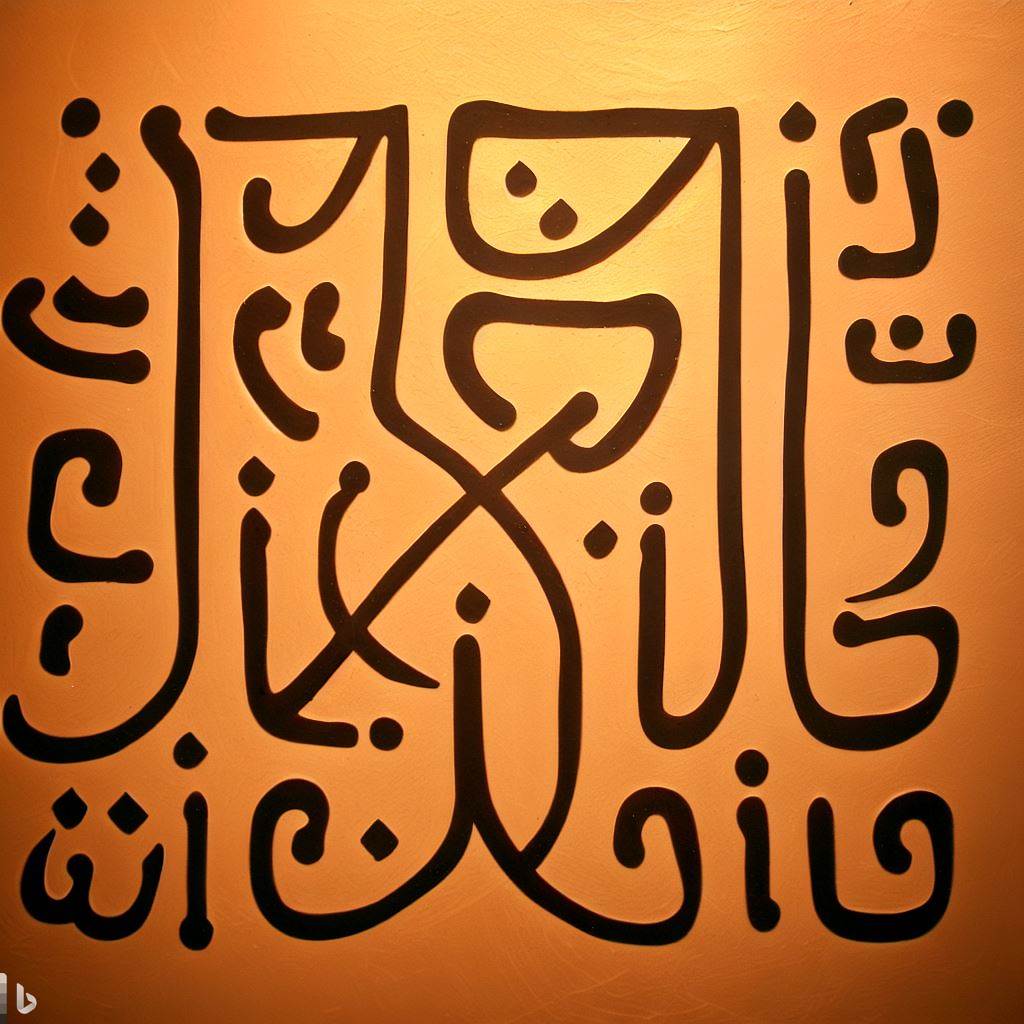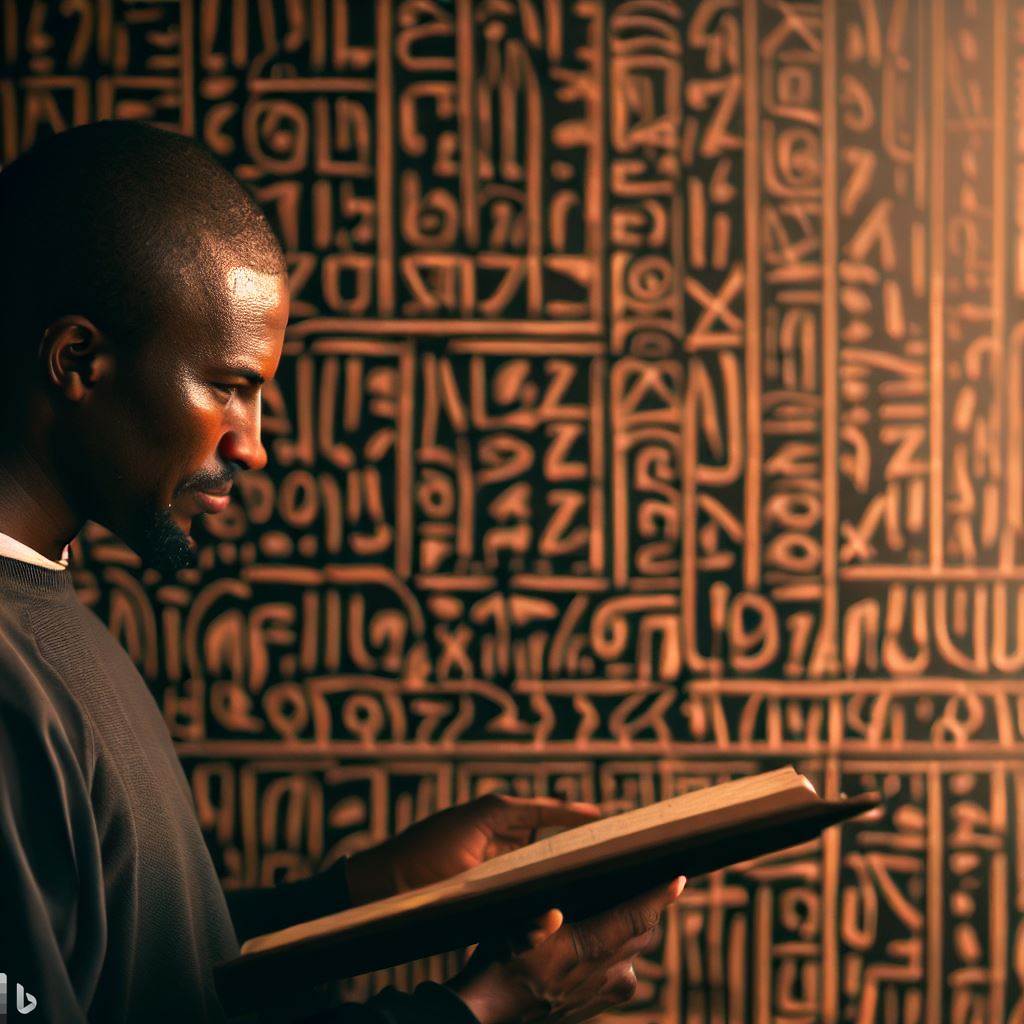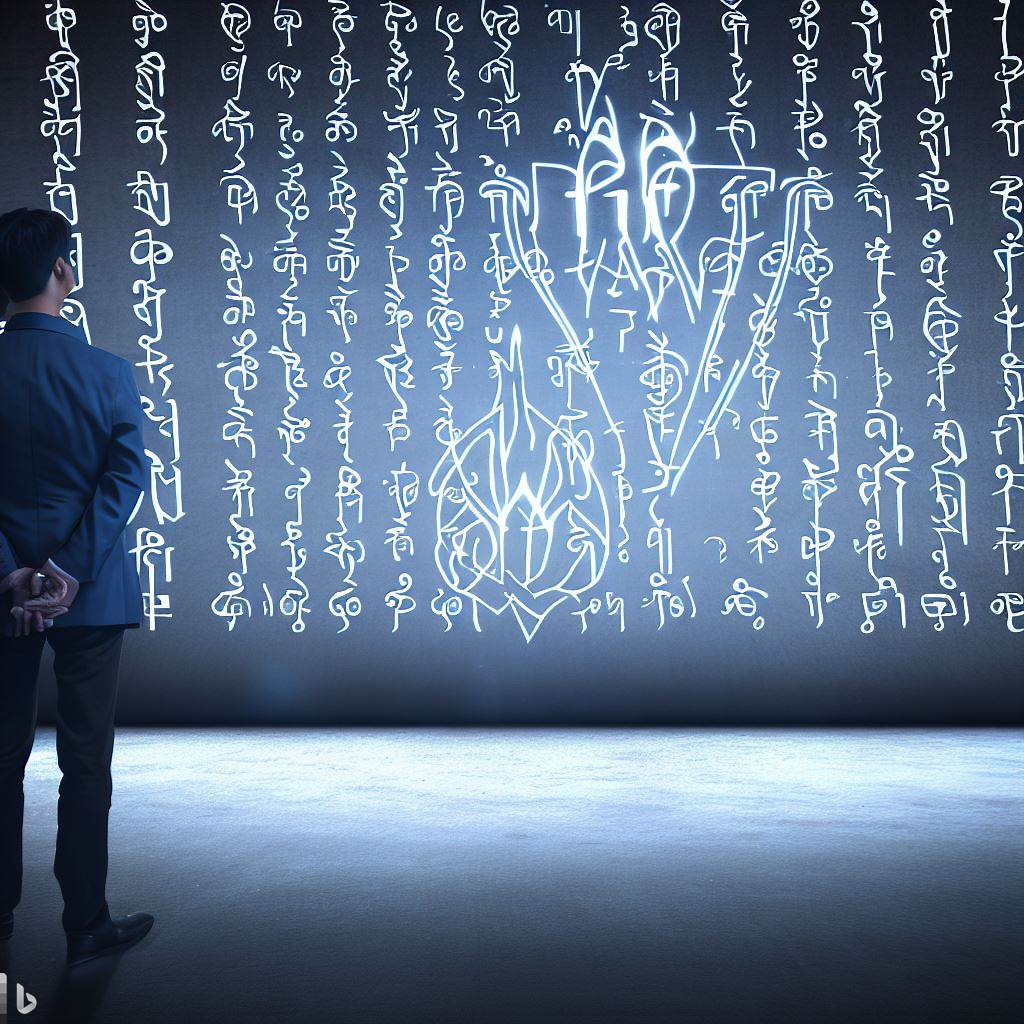Typography serves as a bridge between language and culture, allowing societies to express their unique identities through written forms. While familiar scripts like Egyptian hieroglyphs and Ethiopic have garnered attention, Africa boasts a treasure trove of lesser-known typographies and fonts that have played significant roles in shaping indigenous cultures.
This article delves into the rich tapestry of African scripts, uncovering hidden gems and shedding light on famous African fonts that have been instrumental in preserving heritage and showcasing linguistic diversity.
The Rich Diversity of African Scripts
Africa is a continent renowned for its linguistic diversity, harboring thousands of indigenous languages, each with its distinct culture. Scripts stand as invaluable tools in capturing these linguistic nuances and cultural intricacies, helping to foster identity and understanding across communities.
1. Tifinagh: Beyond the Desert Sands
The Tifinagh script has a long history that dates back to ancient times, with inscriptions and rock art found in North Africa that could be several thousand years old. Its usage by the Berber people spans centuries
The Tifinagh script, closely intertwined with the Berber people of North Africa, carries a legacy spanning millennia. Its geometric shapes and sharp angles are evocative of the desert landscapes where it originated. Though historically marginalized, Tifinagh has experienced a revival, with contemporary significance in asserting Berber identity and fostering cultural resilience.
2. Nsibidi: The Hidden Language of Ejagham
The exact age of Nsibidi is difficult to pinpoint, but it is believed to have ancient origins among the Ejagham people of southeastern Nigeria. Some examples of Nsibidi symbols can be found on artifacts that are hundreds of years old.
From these lush landscapes of southeastern Nigeria emerges the enigmatic Nsibidi script. Comprising an array of intricate symbols, Nsibidi served as a covert means of communication among the Ejagham people. Each symbol held hidden meanings, deepening the cultural significance of this script and offering insights into the Ejagham worldview.
3. Mende Kikakui: A Script of Divination and Wisdom
The Mende Kikakui script is thought to have been developed relatively recently in the 19th century. It was created by the Mende people of Sierra Leone, making it one of the more modern African scripts.
In Sierra Leone, the Mende Kikakui script goes beyond conventional writing; it encapsulates the wisdom of generations. Employed primarily for divination and oral traditions, Mende Kikakui serves as a conduit for ancestral guidance, bridging the gap between the past and the present.
4. Vai Script: Curves and Angles of Liberian Heritage
The Vai script was created in the early 19th century by Momolu Duwalu Bukele in Liberia. It was developed as a means to write the Vai language and promote literacy among the Vai people.
Liberia’s Vai script, the brainchild of Momolu Duwalu Bukele, masterfully blends curves and angles into a visually striking form. Beyond its aesthetic appeal, Vai plays an integral role in preserving Liberian cultural heritage and has served as a medium for recording histories and stories.
5. Adlam: Fulani Innovation in Guinea
The Adlam script was invented in the 1980s by Ibrahima Barry, a Fulani man from Guinea. It was designed to write Fulfulde and address the lack of a written form for the language.
The Adlam script emerged from the aspirations of Ibrahima Barry, a Fulani visionary from Guinea. Designed for the Fulfulde language, Adlam marks a transition from oral tradition to written expression, empowering the Fulani people and fostering a sense of unity and pride.
Celebrating Typographical Heritage
Amid the lesser-known scripts, Africa has also given rise to famous fonts that have achieved global recognition. These fonts seamlessly intertwine contemporary design principles with traditional influences, forming a bridge between past and present. Fonts like “Afrikan” draw on African cultures and languages, infusing them into modern typographical artistry.
Revitalizing African Typographies in the Digital Age
In the digital era, the preservation and propagation of African scripts and fonts have taken on new dimensions. Technology empowers communities to digitize these scripts, making them accessible to a global audience. Initiatives aimed at creating digital typefaces for Tifinagh, Nsibidi, Mende Kikakui, Vai, Adlam, and other scripts are fostering a resurgence of interest and appreciation.
Stay Knowledgeable on African Fonts
African designers swear by the book on the beauty of Helvetica, Roboto, Montserrat , bebas Neue etc. But few know fonts originating from their motherland.
The wide use of western systems limit the utilization of African writing systems; it would be unusual to use the Adlam Guinness font on a website.
Yet the wealth of African scripts and fonts should be noted for their vibrant picture of linguistic diversity and cultural significance. By delving into the lesser-known typographical landscapes and celebrating famous African fonts, we honor the ingenuity of these scripts, their creators, and the enduring spirit of cultural preservation.
Another form of preserving african fonts is digitization and recreating them as decorative elements as Oswald Tshuma, creator of te Bastard Typeface did in Ikwekwezi’s rebranding
Want to know how best to use any fonts for eye catching? Then Check out our Top Principles of typography, and Pro-Google fonts to make your design projects pop. You can also enjoy a quick read on one of Africa’s rising typographer from the NGD community – Joshua oluwagbemi and a dive into Top African sayings guaranteed to elevate your design thinking. Enjoy!






